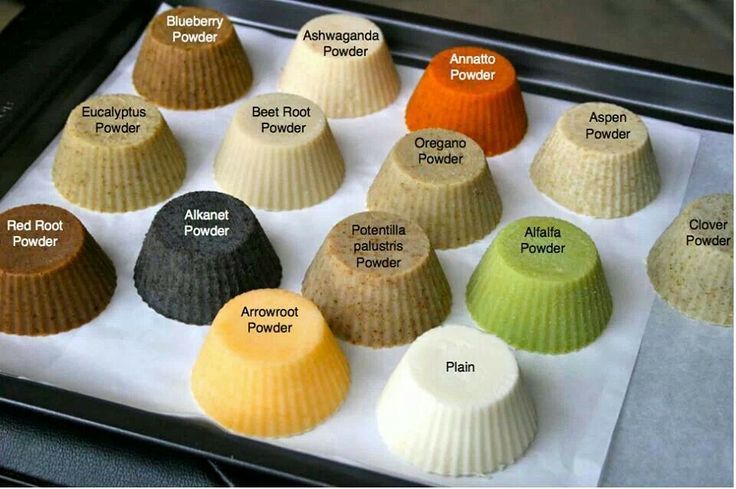gigisiguenza
Well-Known Member
- Joined
- Jul 11, 2015
- Messages
- 1,391
- Reaction score
- 917
In my browsing, both here and the web etc, I've seen a lot of people who swear by the natural colorants (herbs, spices, plant based etc) because they are "natural". And I've seen just as many who swear by the micas and oxides. Even though I plan on making predominantly naturally colored soaps because I really like the idea of it being as close to natural as I can get, I will still definitely be playing with the other colorant options too because they look like fun and I'd like to see what they can do.
What I'm currently curious about is why each of you, personally, prefer one over the other. (besides the obvious expanded color choices in the m/o category) and what successful experiments you've tried with the naturals that has improved their end color saturation and/or color blending of the naturals, or even mixing the two/three types of colorants to create a new color, or the different types of colorants in the same soap.
Yeah I know that's a lot of curiosity. But you guys are such a wealth of experience and experimentation that it's hard to resist picking your brains to see what wonders you've all discovered. Not to mention that soaping, the designing of it, and you folks have really fired up my imagination more in the past few months than it has been in a while.
Welcome to my ADD brain - where the wheels never stop turning and there are never enough answers for all the questions LOL.
What I'm currently curious about is why each of you, personally, prefer one over the other. (besides the obvious expanded color choices in the m/o category) and what successful experiments you've tried with the naturals that has improved their end color saturation and/or color blending of the naturals, or even mixing the two/three types of colorants to create a new color, or the different types of colorants in the same soap.
Yeah I know that's a lot of curiosity. But you guys are such a wealth of experience and experimentation that it's hard to resist picking your brains to see what wonders you've all discovered. Not to mention that soaping, the designing of it, and you folks have really fired up my imagination more in the past few months than it has been in a while.
Welcome to my ADD brain - where the wheels never stop turning and there are never enough answers for all the questions LOL.
















































